If one of your goals for 2025 is to thoughtfully build out your art collection, why not begin by soliciting advice from the best? Over the last year, CULTURED interviewed dozens of collectors and art advisors, veteran and emerging alike. We asked them how to avoid common missteps; how to know if an acquisition is right; and how to build a collection with staying power. Here are the best gems of wisdom they had to offer.
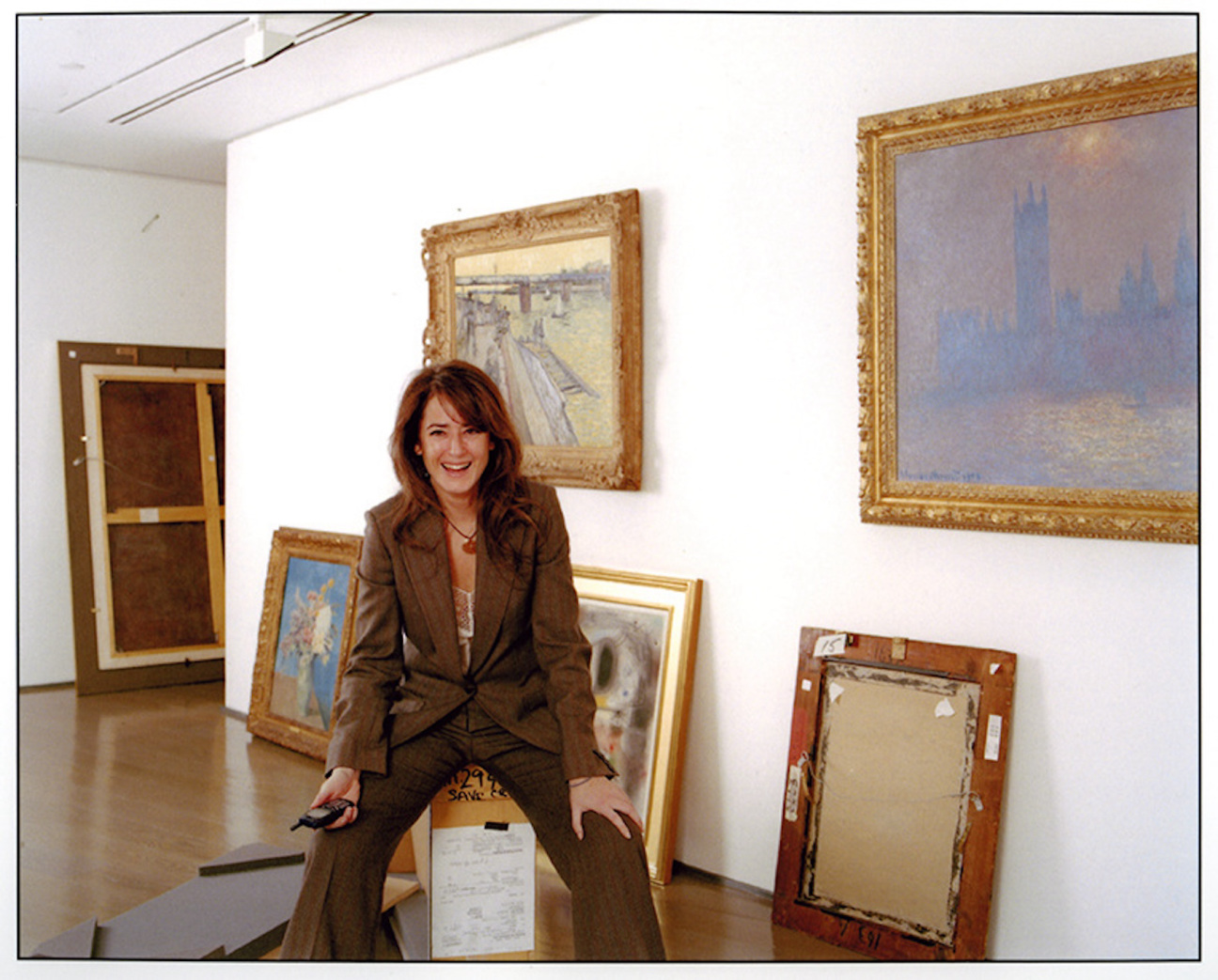
Don’t buy just “because the name is famous but it’s the wrong work by the right artist.”

“New collectors sometimes make decisions based solely on emotion without doing research. I recommend consulting with a more experienced collector, museum curator, or art advisor to help to avoid expensive mistakes.”
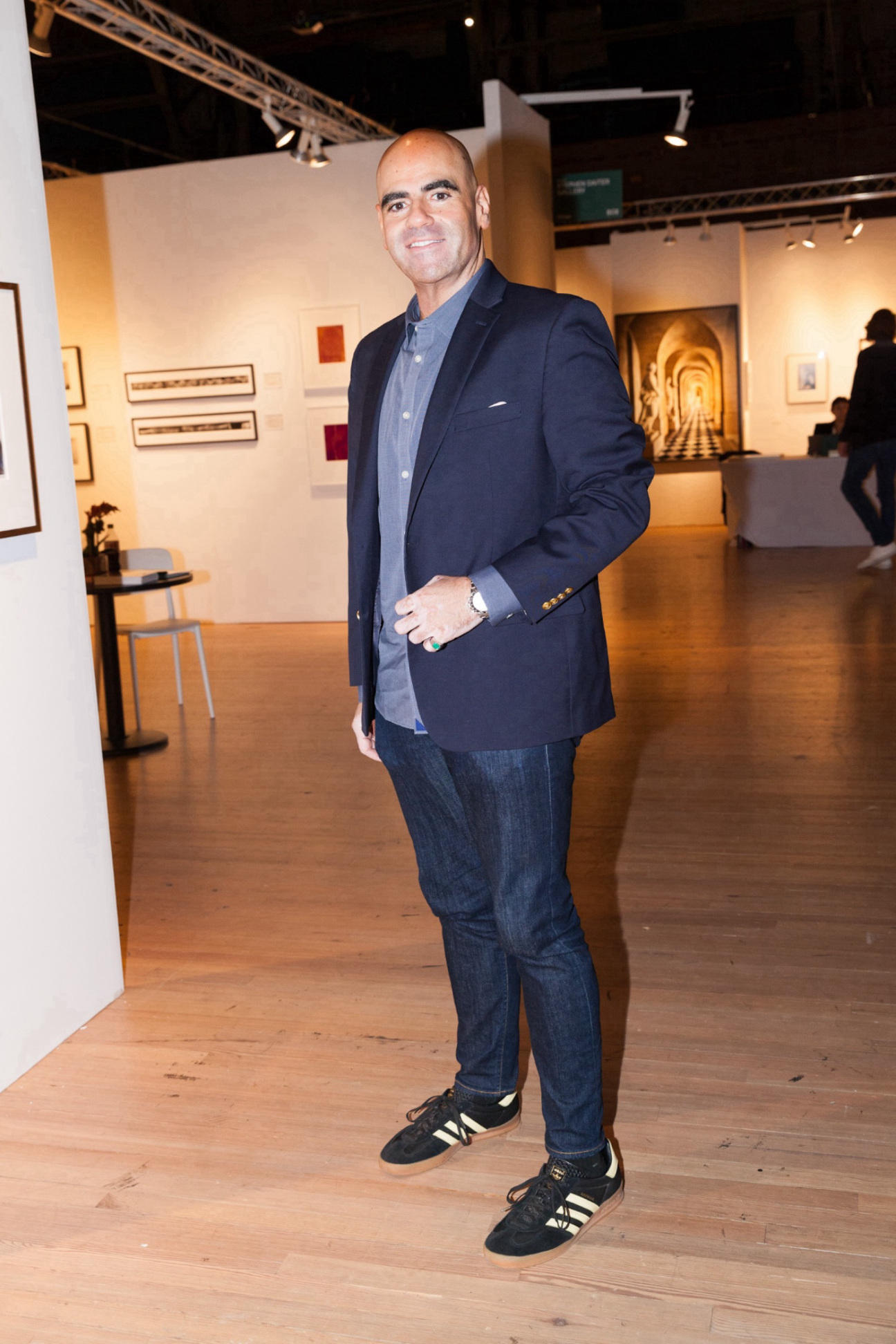
Ralph Deluca, art advisor and CULTURED columnist
“Building relationships with an artist’s gallery is always a good idea. Ask the gallery whether they have any new works available or upcoming exhibitions featuring the artist you’re interested in; gauge the demand and accessibility of their work, including whether there is a wait list. Not only can the gallery provide insight into the current primary market price for works of similar size and type (really—just ask them!), they may also guide you to other available examples on the private market. (They may even know a collector holding on to just the kind of work you want who is open to selling, but hasn’t pulled the trigger.) Even if you're after a specific series that the artist no longer creates, know that auctions aren’t your only option.”
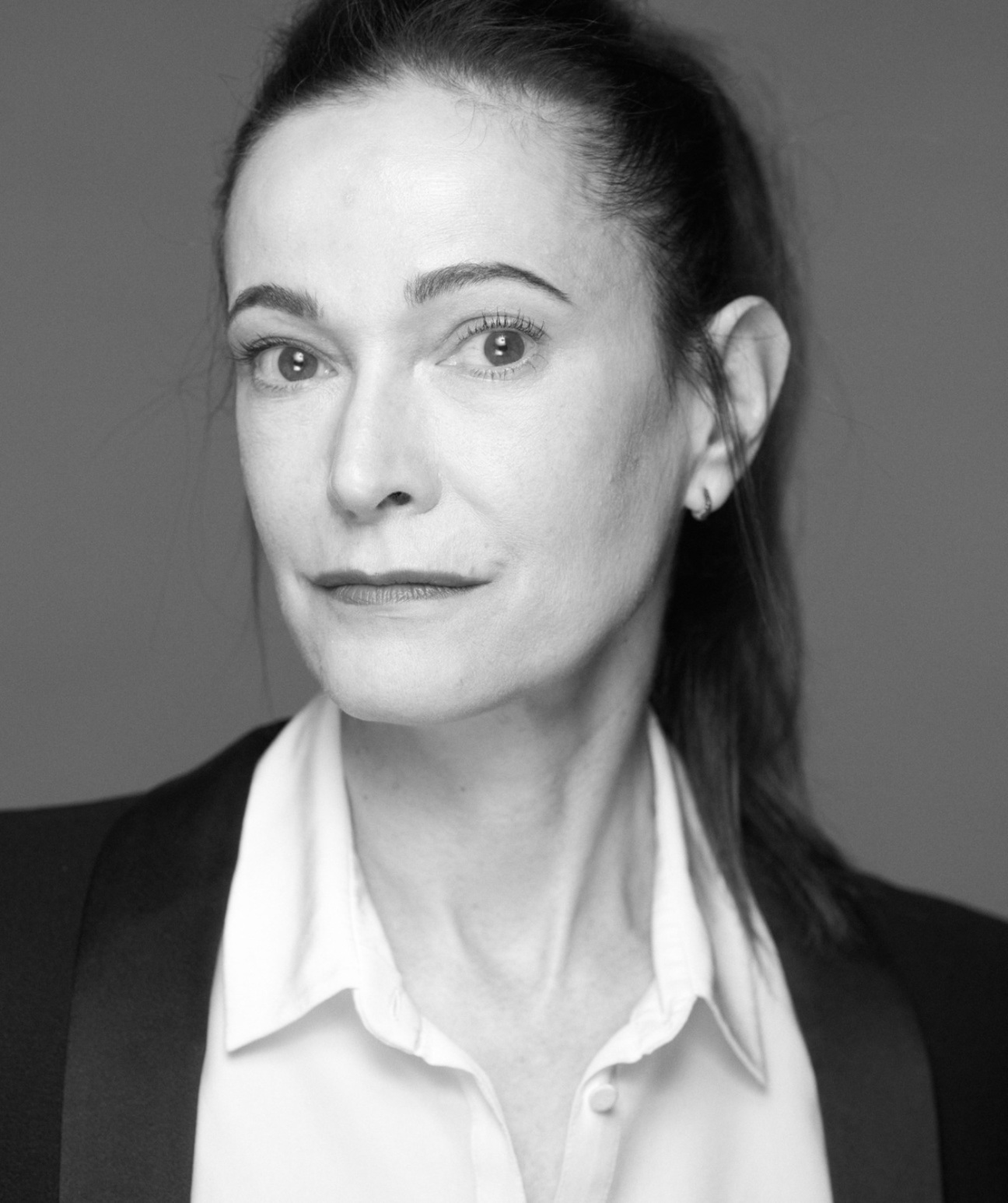
Jeanne Greenberg Rohayn, gallerist and art advisor
"The art on our walls describes who we aspire to be—please do not let it be neutral."
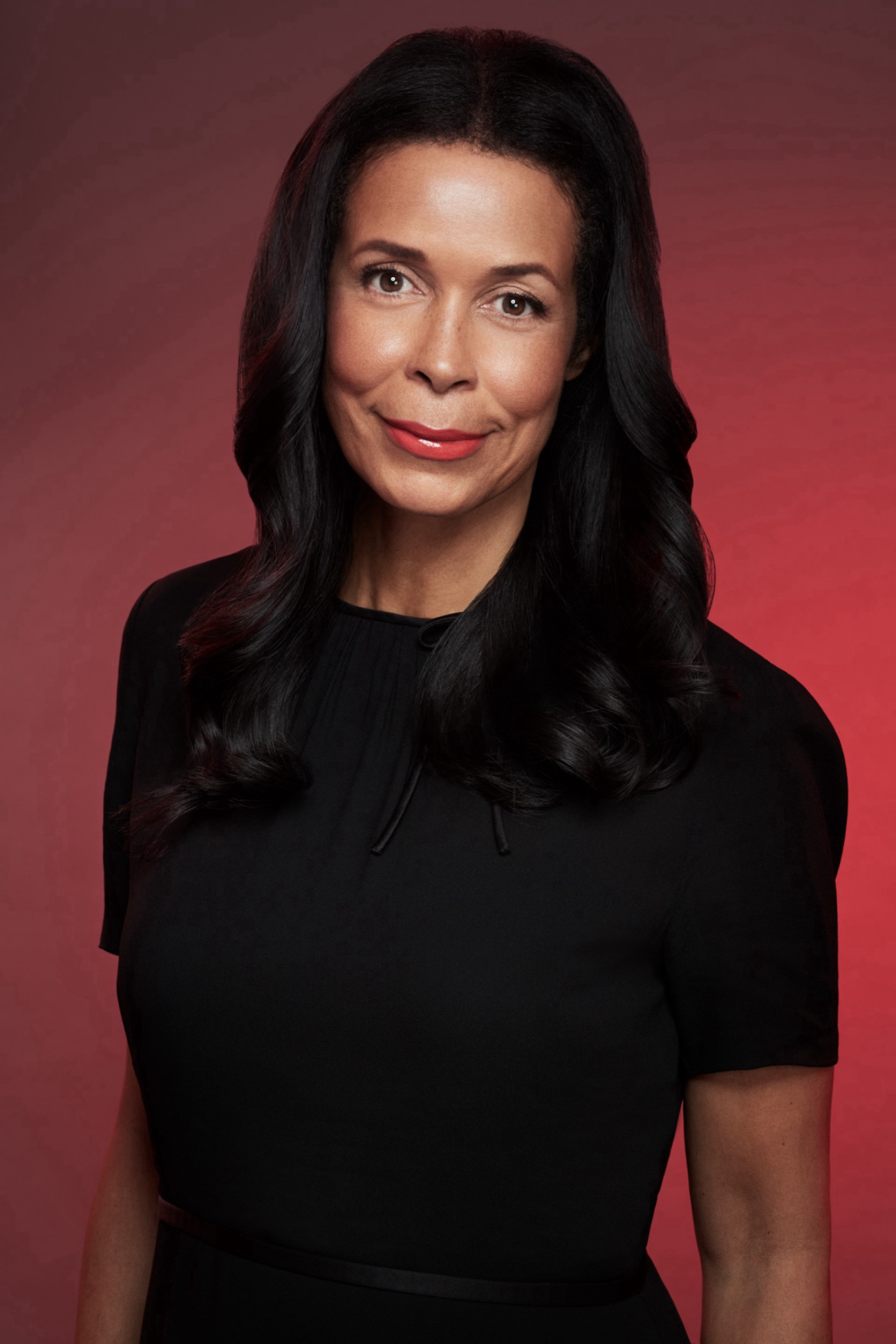
"[Don’t underestimate] the importance of a work’s condition. This would be the equivalent of buying a vintage car without popping the hood to check the engine! The reality is, an artwork's condition speaks volumes about its history, as well as its future. Crucial condition flaws not only diminish an artwork’s aesthetic value, but also its investment value and ability to be resold. So, for each and every artwork we place, we engage trusted independent conservationists—sometimes more than one—to carry out in-depth inspections.”
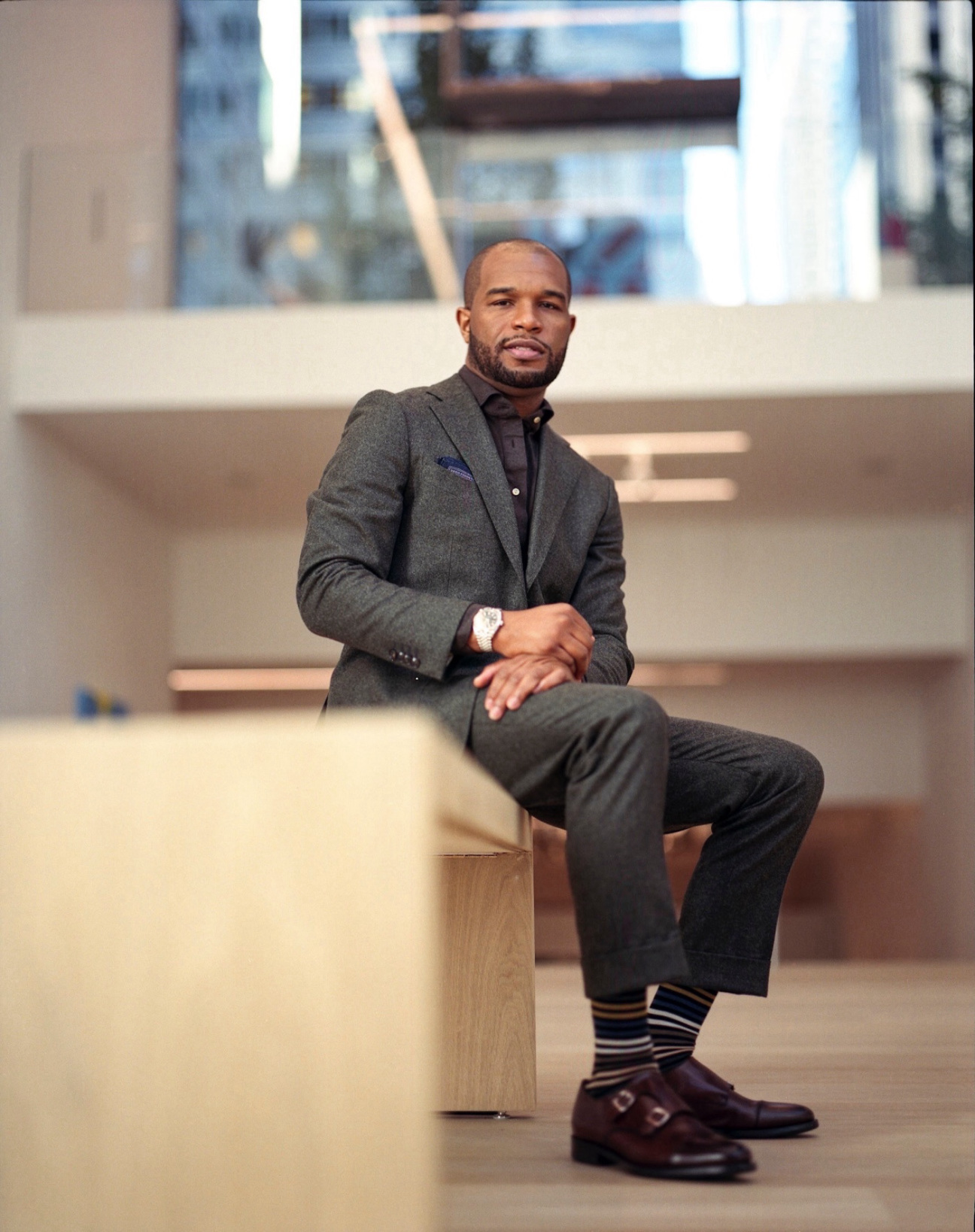
"Have a thesis behind your collection. There are so many conversations in art—politics, entertainment. Having a thesis will keep you focused in the right direction."

"Get right with yourself before you do anything else. If you buy or design from a place of confusion, angst, or envy, you will never be able to create a warm, interesting home or space. Self-knowledge begets beauty."
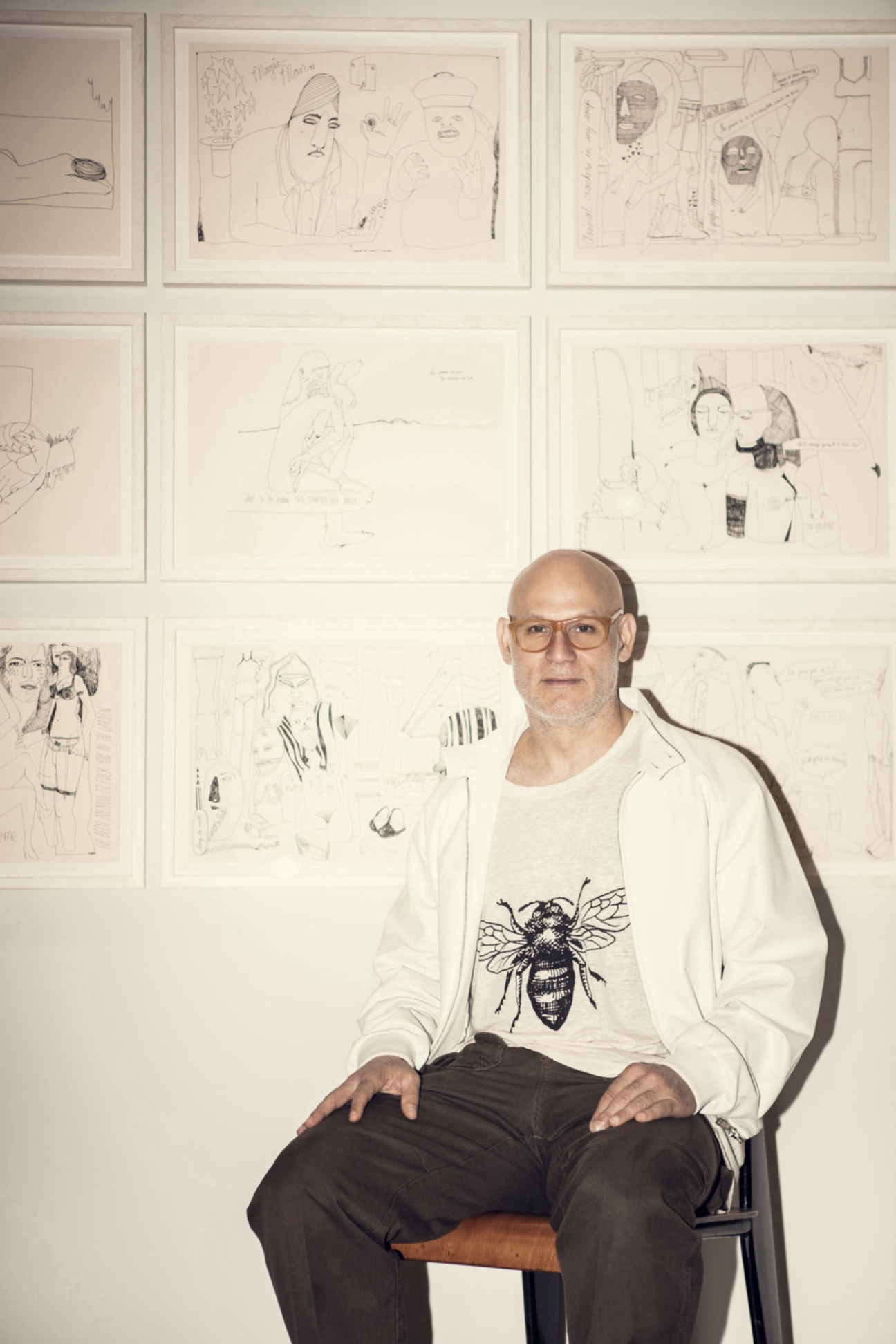
"Follow your intuition, but don’t rush. Seek out artists whose work speaks to you, pieces you genuinely want to live with and see every day. The goal is to build a collection that reflects your own tastes and values. Collecting isn’t just about acquiring art; it’s about supporting artists whose work you believe in, those who are making important contributions to the conversation. Focus on what moves you, and let your collection evolve naturally from there."

"Do not buy art while on vacation."
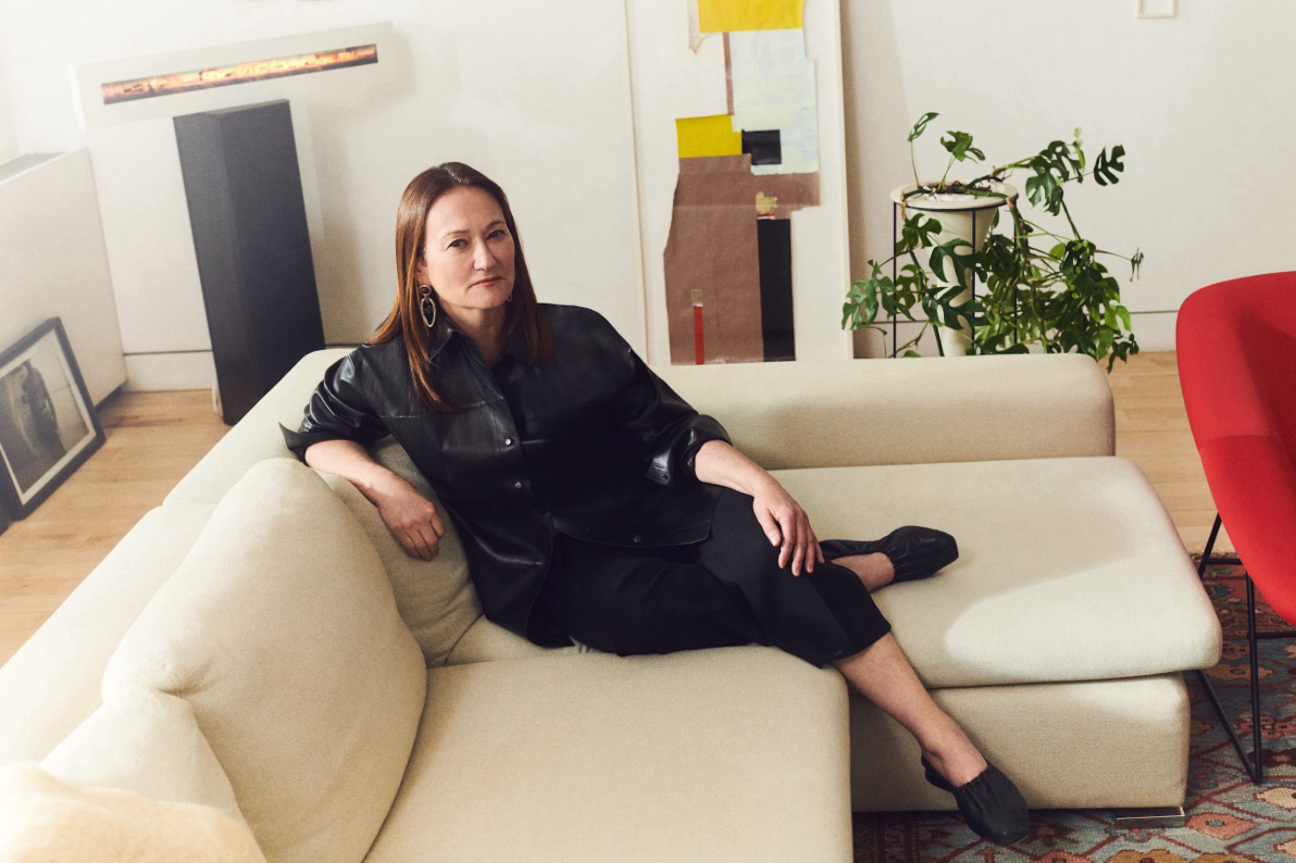
"For me there are three factors when considering the acquisition of an art piece. Do I love it? Can I live with it? Can I afford it? It’s that straightforward."

"Use your grandmother's china. Work at that 19th-century desk. Store your clothes in the 18th-century wardrobe. These items have lasted all this time and deserve to be seen, and used, as they have been for decades and centuries. We are custodians of these objects, and our use adds to their patina, charm, and story."
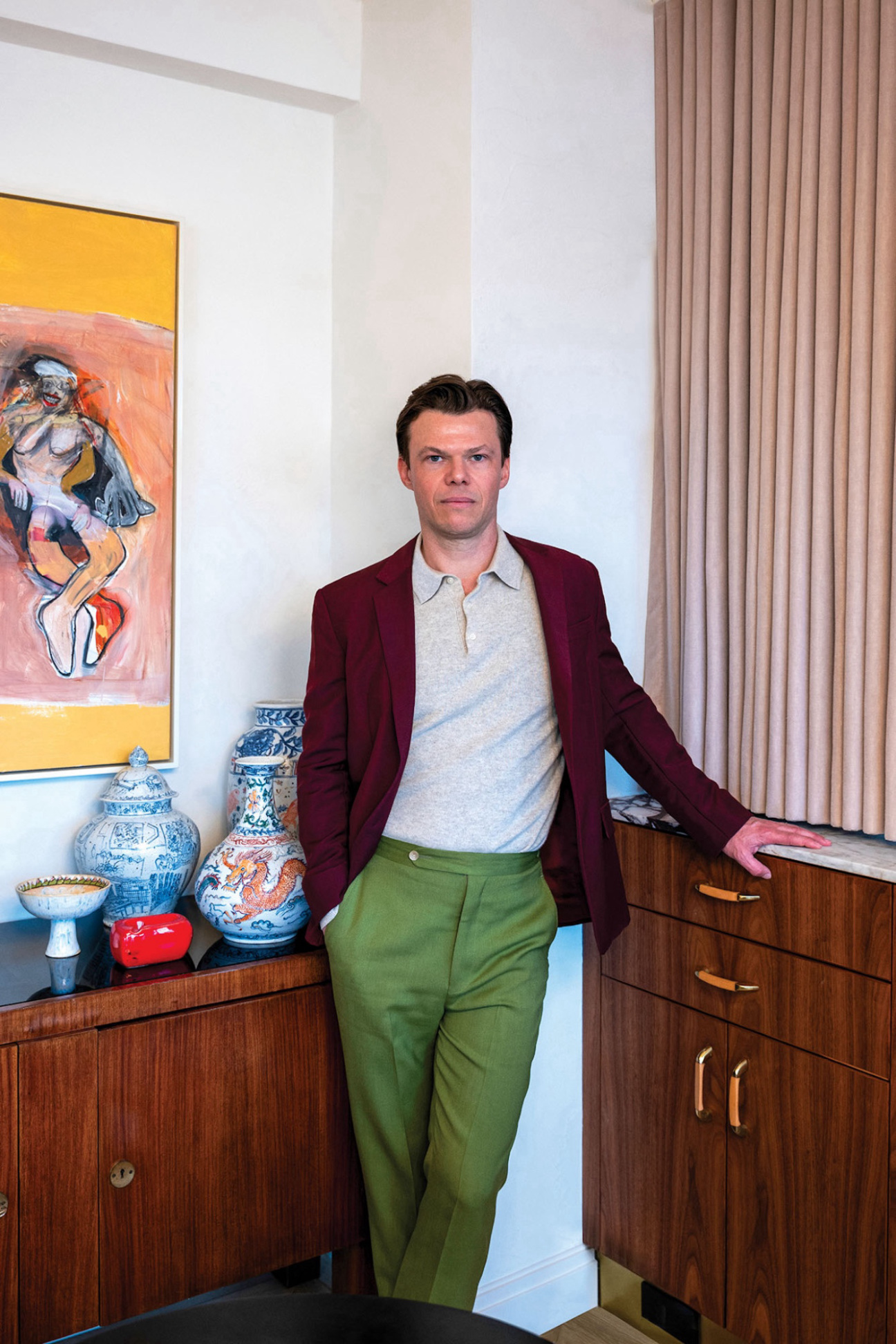
"It’s essential to understand what you don’t like and try to understand why. A collector will learn more about themselves understanding what they don’t like rather than making a long list of what they do."
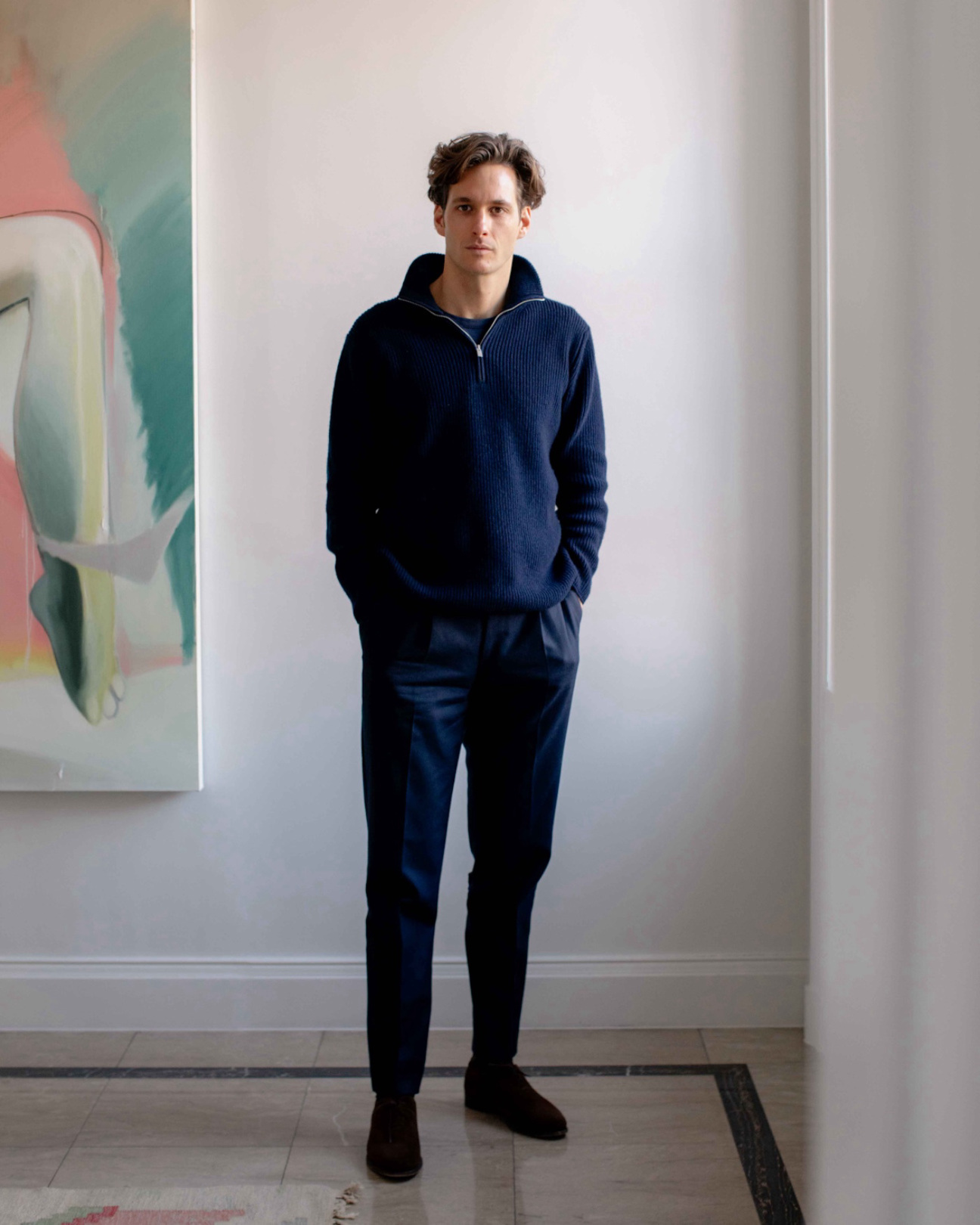
Lawrence Van Hagen, art advisor
"Firstly, buy at a level that makes sense for you and your budget. Start off small if you need to. Secondly, completely immerse yourself in the gallery scene. Go to as many exhibitions and auction previews as you can. The more you see, the more you will begin to build and hone in your personal taste. One of the best places for a new collector to visit are art fairs. They provide a unique opportunity to discover hundreds of galleries and hundreds of artists all in one place. Finally, seek advice from someone you trust."






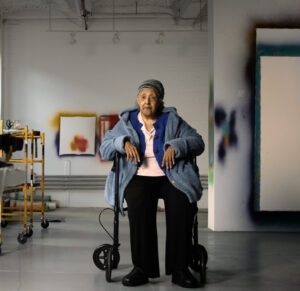



 in your life?
in your life?

